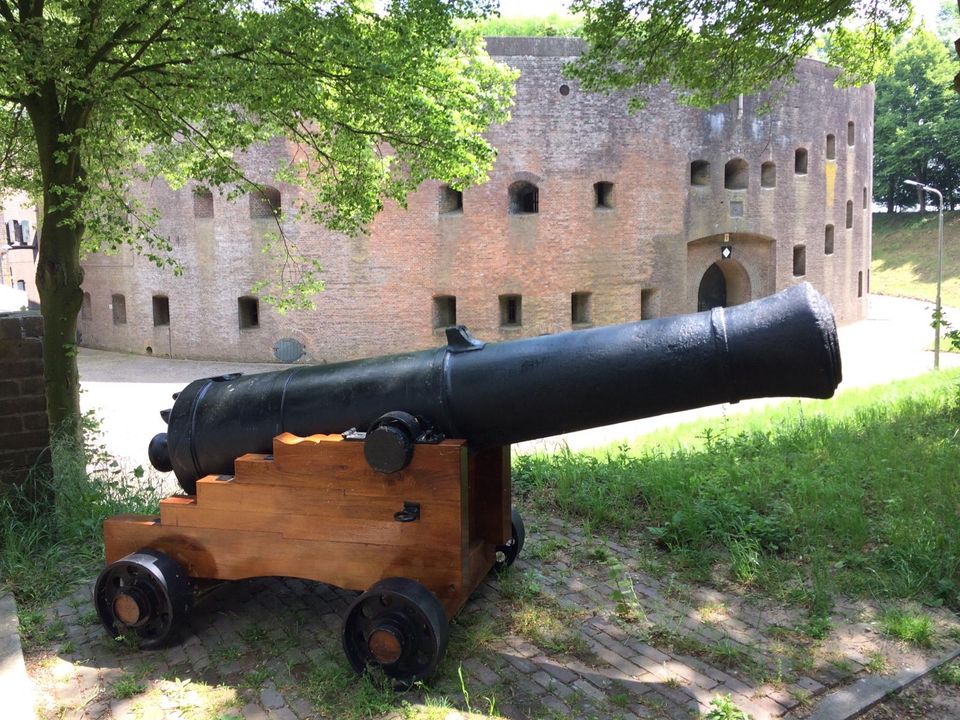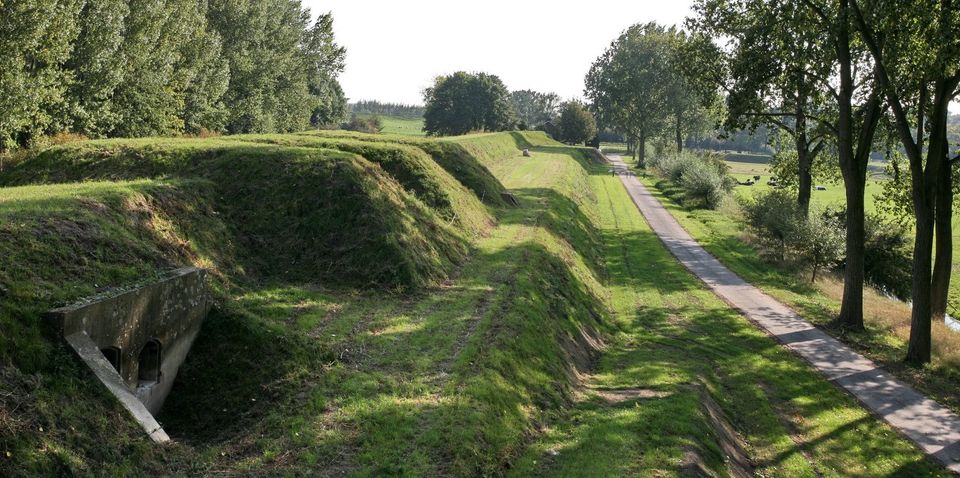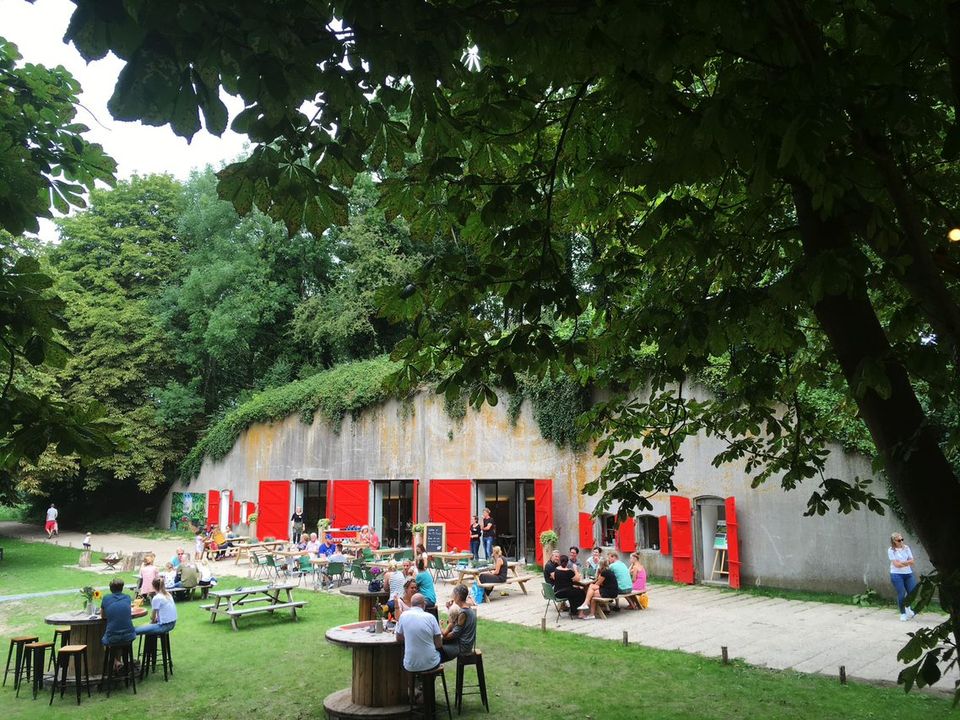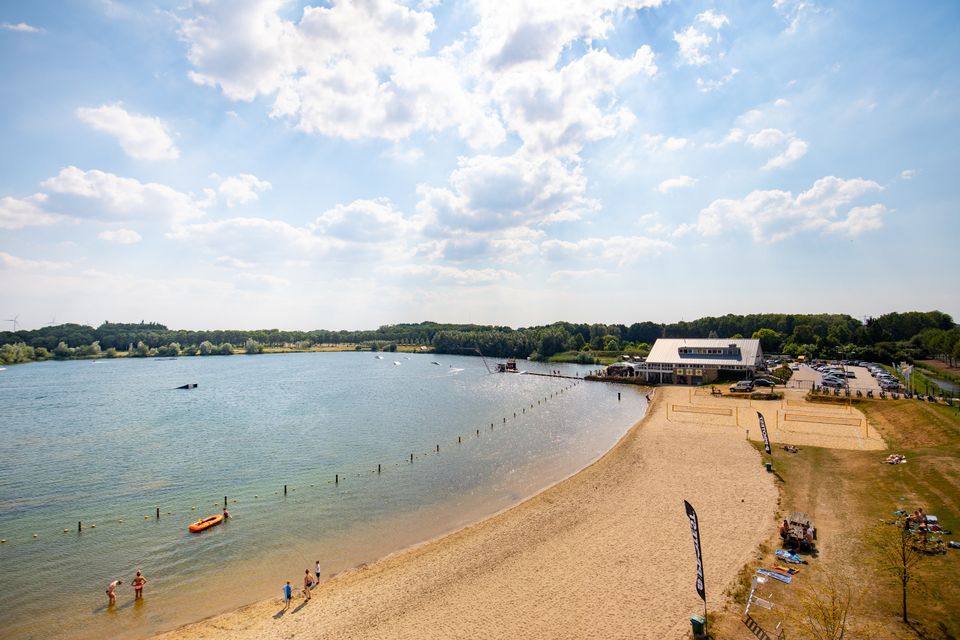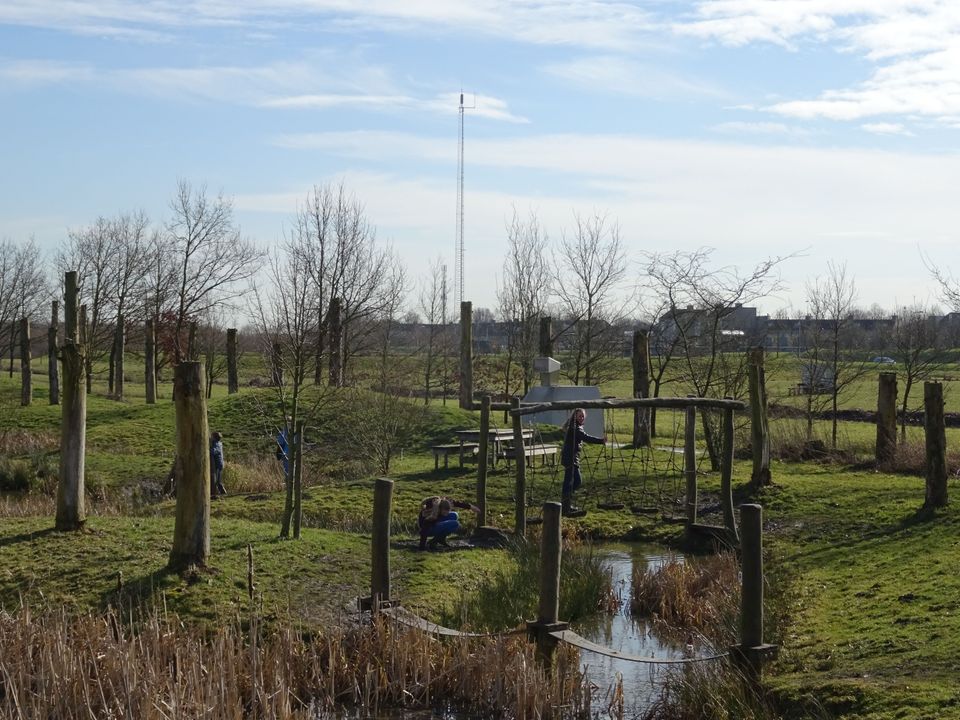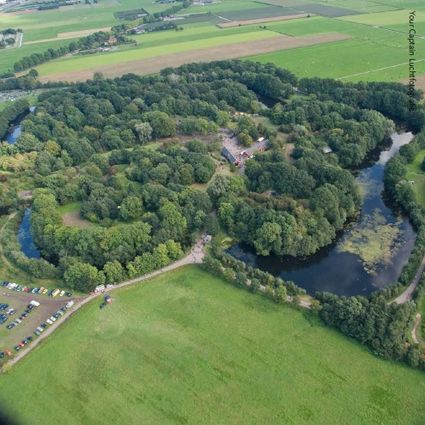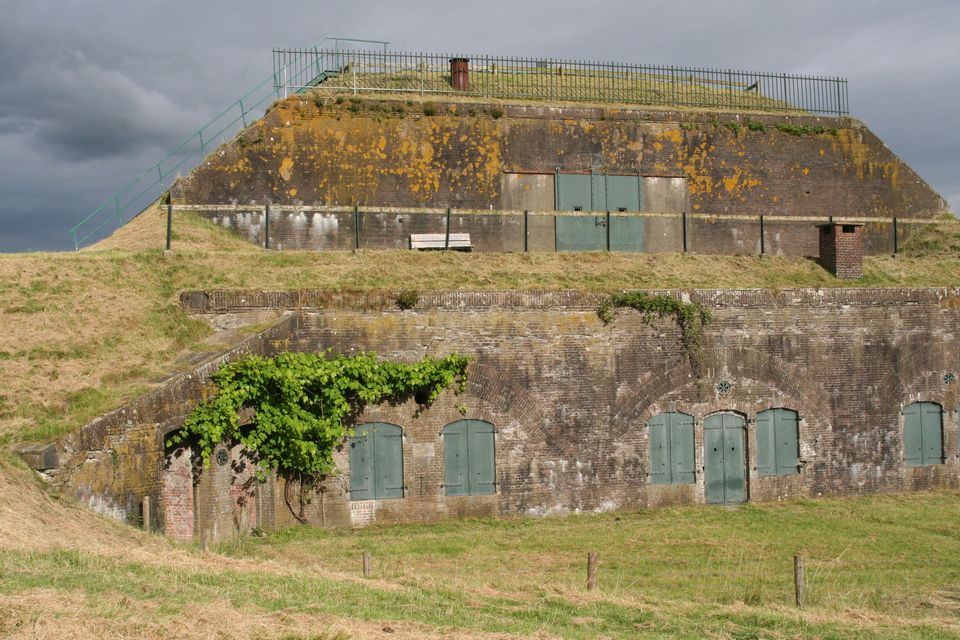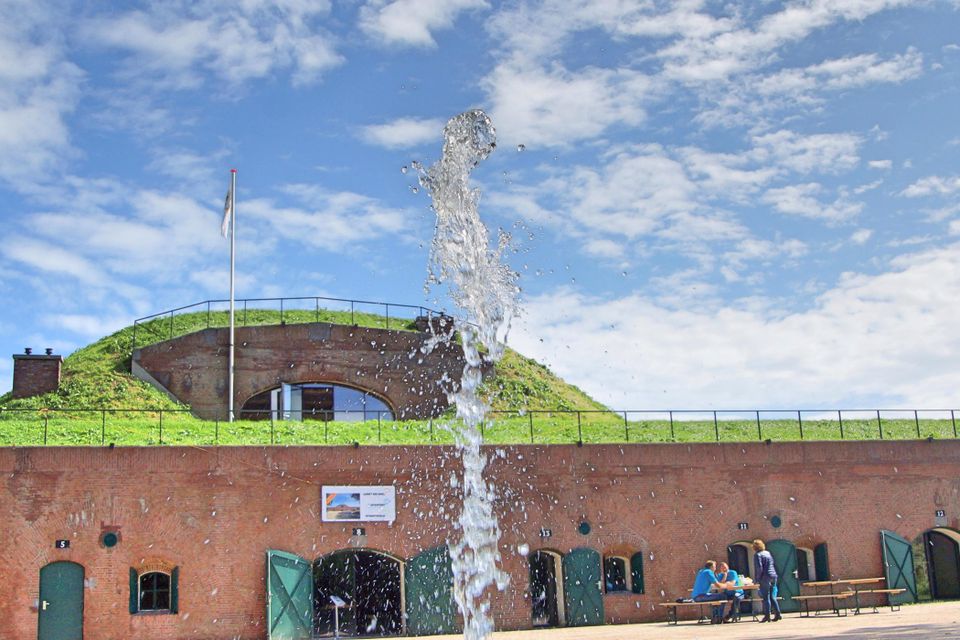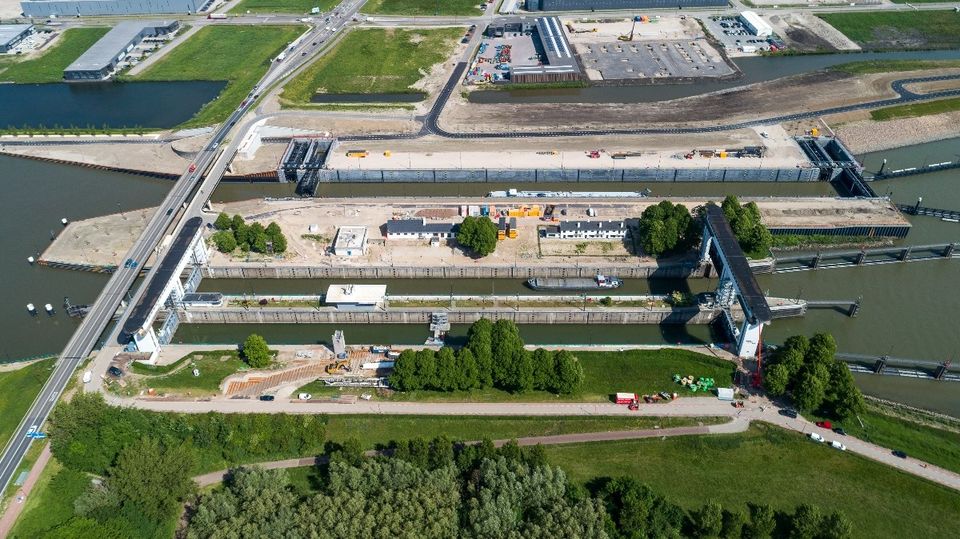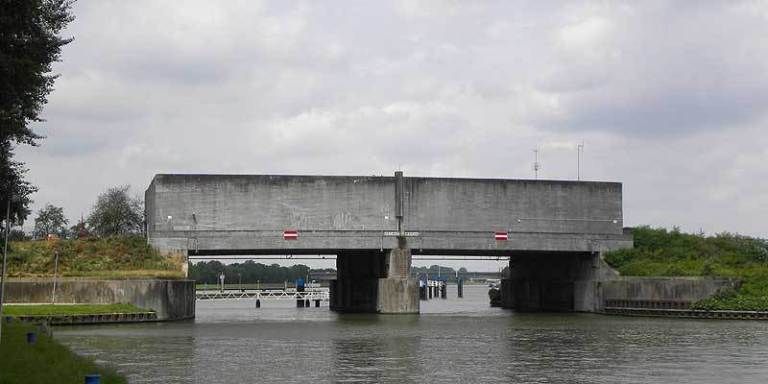South Utrecht Waterline cycle route
In the mood to escape the hectic pace of the city and explore a unique bit of Dutch history? In that case, hop on your bike and follow this route to explore the New Dutch Waterline. Discover the multifaceted nature of the Waterline through a variety of waterline highlights. One thing you definitely won't want to miss is Fort Vechten, with its interactive Waterline Museum. You’ll also pass the Plofsluis lock and cycle across the Island of Schalkwijk. Nowhere else has the Waterline landscape been so well preserved as here, with the many forts, canals and the ‘Gedekte Gemeenschapsweg’ (a historic military road protected by an earth wall).
Take a look
Sights on this route
Starting point
TOP Laagraven
Ravensewetering
3992 Nieuwegein
Navigate to starting point
Fortresses of the four Lunetten
The four crescent shaped forts of Lunetten have been build between 1822 and 1828 as part of the Dutch Water Line.

Fortresses of the four Lunetten
Fortresses of the four Lunetten
The four crescent shaped forts of Lunetten have been build between 1822 and 1828 as part of the Dutch Water Line.
Rietveld Schröderhuis
This is the masterpiece of Gerrit Rietveld, the designer who built the house in 1924, commissioned by the wilful Truus Schröder.
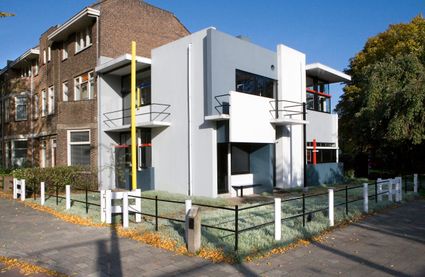
Rietveld Schröderhuis
Rietveld Schröderhuis
This is the masterpiece of Gerrit Rietveld, the designer who built the house in 1924, commissioned by the wilful Truus Schröder.
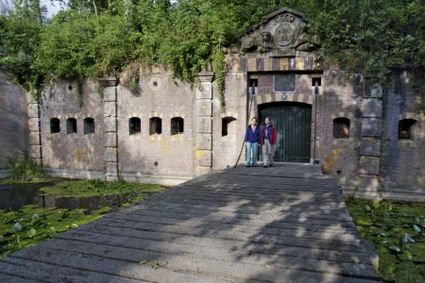
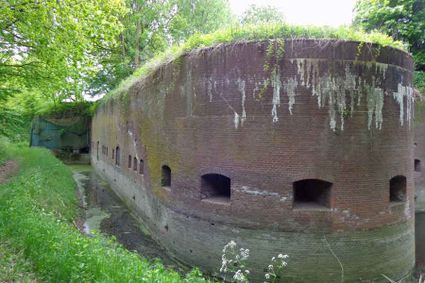

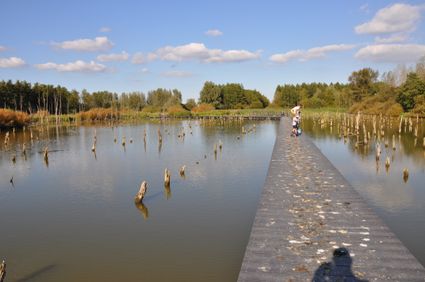
Werk aan de Waalse Wetering
This defence work was built in 1875–1878 and comprises a bomb-proof outbuilding and a guardhouse. In emergencies, it could harbour as many as 95 men. The fort is freely accessible...
Werk aan de Waalse Wetering
This defence work was built in 1875–1878 and comprises a bomb-proof outbuilding and a guardhouse.
In emergencies, it could harbour as many as 95 men.
The fort is freely accessible and boasts uninterrupted views of the island of Schalkwijk. The Verdronken Bos (drowned forest), where a wooden walkway takes you across the water, is a short walk away.
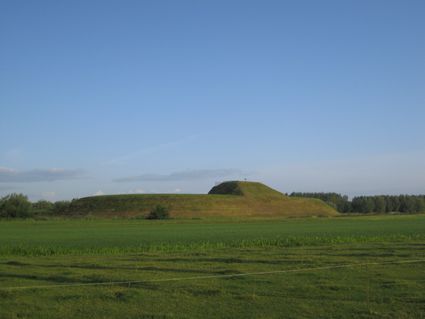
Fort Werk aan de Korte Uitweg
Fort Werk aan de Korte Uitweg (Fort WKU) is located near the Lek River on the island of Schalkwijk. Here, where the kingfisher swoops over the water and you can hear the grass rustling, you will find a tearoom and a designated Natuurkampeerterrein.
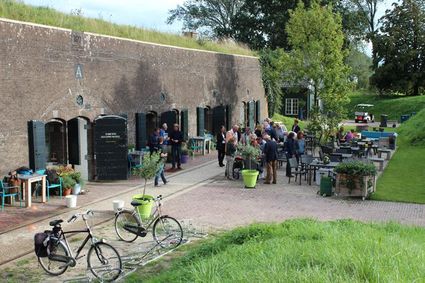
Fort Werk aan de Korte Uitweg
Fort Werk aan de Korte Uitweg
Fort Werk aan de Korte Uitweg (Fort WKU) is located near the Lek River on the island of Schalkwijk. Here, where the kingfisher swoops over the water and you can hear the grass rustling, you will find a tearoom and a designated Natuurkampeerterrein.
Fort Lunet aan de Snel
Somewhat hidden in the woods along Gedekte Gemeenschapsweg between Fort Honswijk and Werk aan de Korte Uitweg is the small but atmospheric Lunet aan de Snel. The earthen rampart allowed defender...
Fort Lunet aan de Snel
Somewhat hidden in the woods along Gedekte Gemeenschapsweg between Fort Honswijk and Werk aan de Korte Uitweg is the small but atmospheric Lunet aan de Snel. The earthen rampart allowed defenders to repel an attack on Fort Honswijk from the north-east. In addition, its guns covered parts of the Lekdijk – something that could not be achieved from Fort Honswijk.
These days, the fort houses an exhibition that illustrates the key role that water plays in our community and its unique properties.

Fort Honswijk
Fort Honswijk, situated on the Lek River, is one of the most prominent forts of the New Dutch Waterline. Fort Honswijk's tower (built between 1841 and 1848) is the oldest and largest in the Waterlinie and possesses singular architectural beauty.

Fort Honswijk
Fort Honswijk
Fort Honswijk, situated on the Lek River, is one of the most prominent forts of the New Dutch Waterline. Fort Honswijk's tower (built between 1841 and 1848) is the oldest and largest in the Waterlinie and possesses singular architectural beauty.
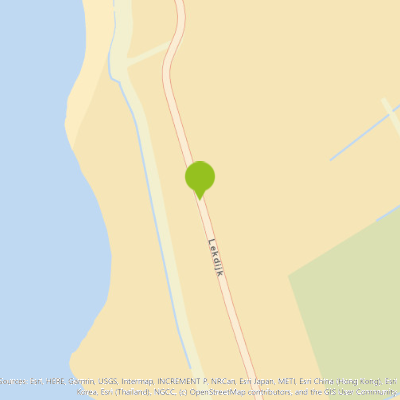
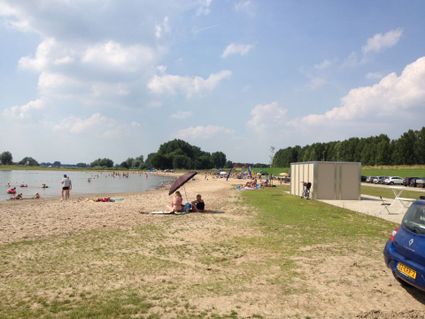
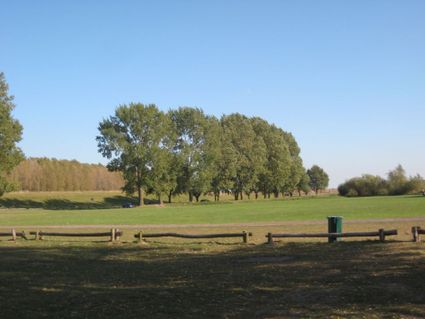
Plofsluis
The Plofsluis consists of five concrete bins with a relatively weak floor that span the Amsterdam-Rhine Canal. The bins could store around 40,000 tonnes of sand, gravel or debris. In wartime, th...
Plofsluis
The Plofsluis consists of five concrete bins with a relatively weak floor that span the Amsterdam-Rhine Canal. The bins could store around 40,000 tonnes of sand, gravel or debris. In wartime, the floor could be blow up, so that its contents would drop into the Amsterdam-Rhine Canal. This would block the canal and prevent the inundation water from flowing out. The lock was designed in such a way that its sides would remain upright after the explosion, so that the floor could be reconstructed and the sluice could be used again. It was never actually used.

Fort de Batterijen
Covering two hectares of ground, Fort de Batterijen is a magnificent outdoor location. Fort de Batterijen comprises two monumental buildings, each with their own distinctive atmosphere: the arti...

End point
TOP Laagraven
Ravensewetering
3992 Nieuwegein
Navigate to endpoint
Directions
This cycle route follows the cycle junction network. Follow the junctions: 33 - 34 - 37 - 38 - 41 - 40 - 39 - 98 - 99 - 01 - 67 - 66 - 64 - 14 - 18 - 16 - 15 - 06 - 68 - 27 - 32.
- 33
- 34
- 57
- 11
- 78
- 37
- 96
- 38
- 58
- 86
- 21
- 84
- 29
- 77
- 41
- 40
- 53
- 39
- 98
- 48
- 99
- 45
- 01
- 67
- 91
- 66
- 82
- 64
- 26
- 14
- 18
- 16
- 15
- 06
- 06
- 59
- 32
- 55

